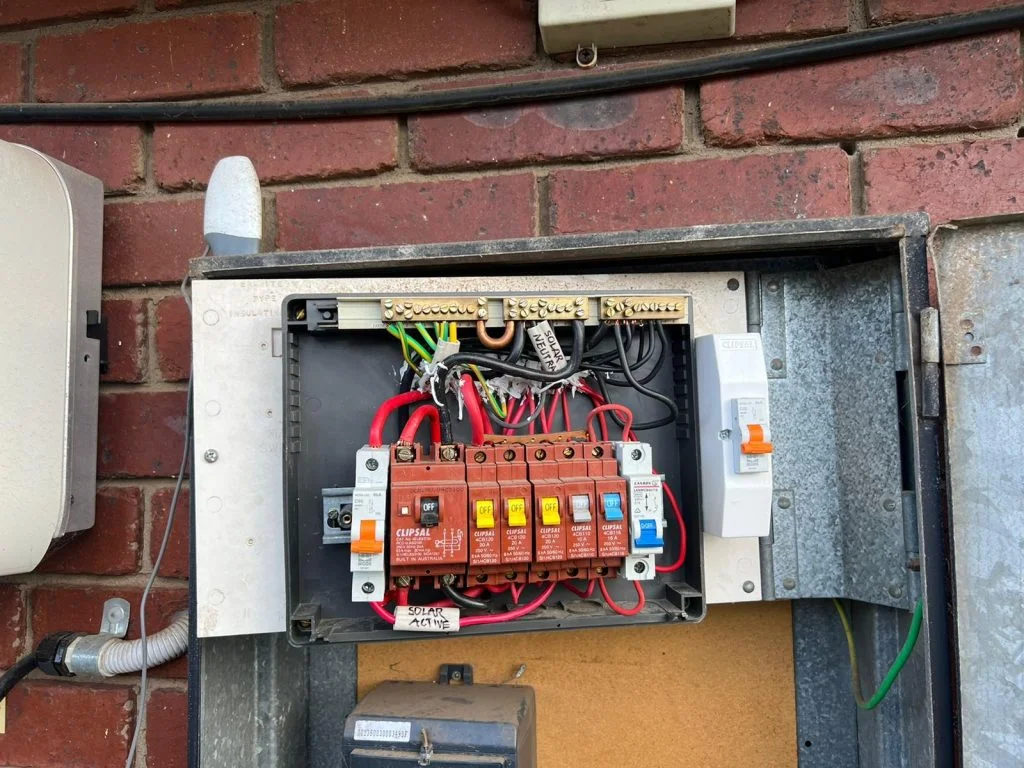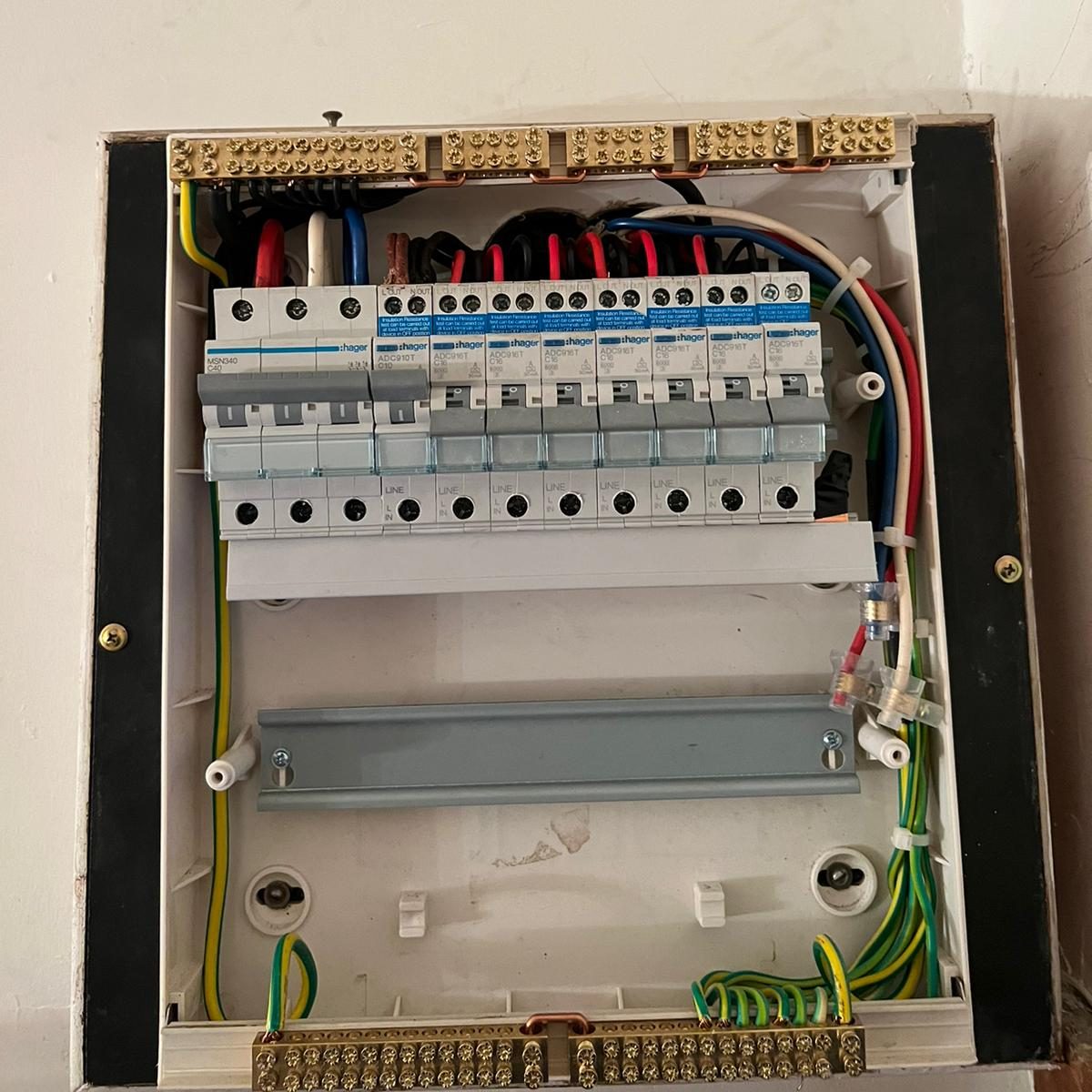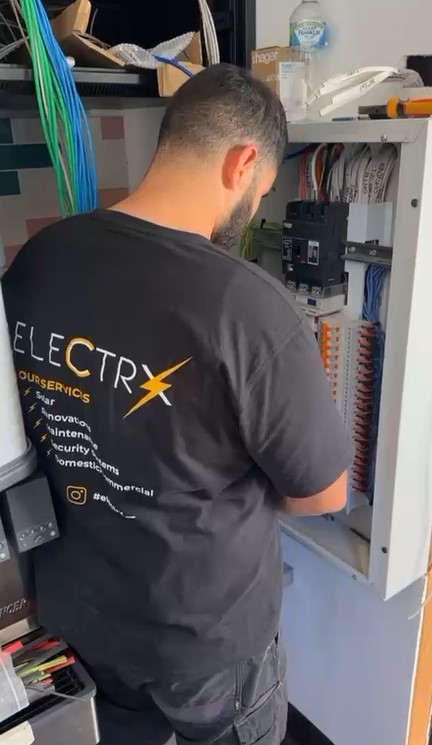Dive Deep into the Factors Behind a Blown Fuse Box and Their Implications
A fuse box can fail for a variety of reasons, including overloaded circuits, short circuits, faulty appliances, or the inevitable wear and tear associated with ageing components. Older fuse boards, particularly those fitted with ceramic fuses, are especially susceptible to breakdown as they age. A blown fuse acts as a crucial alert that the electrical system has exceeded its safe operational parameters, prompting the need for immediate inspection to prevent further complications and ensure safety.

A Blown Fuse Box: Understanding Its Significance Beyond Power Interruptions
Residents in Melbourne’s western suburbs frequently contact us regarding unexpected power outages. These disturbances may stem from issues such as burnt wiring, melted electrical tape, or recurrent circuit tripping. It is vital to comprehend these underlying issues for your safety. This article aims to provide an in-depth exploration of the potential complications affecting your electrical system and the most effective steps to take next in order to restore both safety and functionality to your home.
1. Identifying the Critical Warning Signs of a Blown Fuse Box
Although not every power outage signifies a malfunctioning fuse box, there are specific signs that warrant your attention. These critical indicators include:
- Partial or complete power loss experienced throughout your home
- Inability to reset one or more circuits following a trip
- Burning plastic odour detected near the fuse board, which may suggest overheating
- Visible black markings or melted plastic surrounding the fuses, indicating damage
- Ceramic fuse wire that has snapped or completely disintegrated
If you are uncertain about the condition of your fuse box, our Emergency Electricians are available, ready to inspect, repair, or safely replace any defective components to ensure that your electrical system operates efficiently and safely.
2. Understanding the Common Causes Leading to a Blown Fuse
Overloading Circuits with Multiple High-Power Appliances
Using too many high-draw appliances on a single circuit can easily exceed the fuse’s amp rating. For example, operating your oven, kettle, and toaster simultaneously can create an overload situation. This excessive strain on the fuse increases the likelihood of it blowing and poses a potential fire hazard that should not be underestimated.
Short Circuits Caused by Damaged Wiring
A short circuit can occur when there is compromised wiring or a malfunctioning appliance that diverts electrical current away from its designated path. This situation can result in an immediate fuse blow or a tripped circuit breaker, creating a hazardous scenario that necessitates urgent attention from a qualified electrician.
Degradation of Components Due to Age
Over time, older ceramic fuses may suffer from corrosion, loosening, or general deterioration. As heat builds up due to inefficient electrical flow, the fuse may ultimately burn out, signalling an immediate need for replacement and potentially upgrading to modern standards for enhanced reliability and safety.
Problems Arising from Incorrect Fuse Wire Installation
It is not uncommon to find incorrect wire ratings in fuse installations—either too weak, leading to frequent blowing, or too strong, which poses significant risks as it fails to adequately protect the circuit. Ensuring the correct type of fuse wire is installed is essential for maintaining both safety and proper functionality within your electrical system.
-
 Old Ceramic Plugs
Old Ceramic Plugs -
 Now Upgraded
Now Upgraded
3. Evaluating the Safety Features of Ceramic Fuses Versus Modern Circuit Breakers
If your home still relies on ceramic plug-in fuses, it is crucial to consider a switchboard upgrade. Ceramic fuses are:
- Slower to trip in the event of a fault, which can lead to dangerous situations
- More exposed to unsafe bypassing by users, increasing risk
- Susceptible to user errors, such as incorrect fuse wire installations or poor connections
- Lack protection against electric shocks, leaving individuals at risk
In comparison, modern switchboards utilise circuit breakers and RCDs (Residual Current Devices). These contemporary devices trip automatically and can be reset quickly, eliminating the need for physical wire replacement. If your fuse box resembles something from the 1970s, it’s high time for a Switchboard Upgrade to significantly enhance both safety and reliability within your home.
4. Essential Actions to Take When Experiencing a Fuse Box Issue
If you are merely dealing with a tripped breaker, you can follow these recommended steps to safely address the situation:
- Unplug all appliances connected to that specific circuit to reduce the load and prevent further issues
- Carefully attempt to reset the switch
- Gradually reconnect devices one by one to identify the fault
- If the breaker trips again, keep it off and contact us for immediate assistance

What to Do When Encountering a Ceramic Fuse Problem
- Do NOT attempt to replace the fuse wire unless you are a licensed electrician, as this can pose serious risks
- Refrain from any DIY repairs, as they carry safety hazards and may be illegal
- Switch off power at the main switch and reach out to Electrx for professional assistance
5. Our Comprehensive Approach to Repairing Blown Fuse Boxes
Our expert team will initiate the repair process by isolating the fault and conducting thorough circuit tests using safe, industry-standard tools. Our methodical approach includes:
- Identifying the precise cause behind the blown fuse
- Testing appliances to ascertain if they are contributing to the issue
- Replacing any burnt or damaged fuse carriers to restore functionality
- Upgrading to a circuit breaker or RCBO when appropriate to enhance safety
- Issuing a Certificate of Electrical Safety for all completed work, ensuring compliance with regulations
If your fuse board is outdated, we will discuss options for modernising it, integrating RCD protection and optimising circuit layouts for improved safety and efficiency in your home.
When to Seek Assistance from a Qualified Electrician
Experiencing a blown fuse once may simply be a matter of bad luck. However, if this issue recurs or if your fuse box exhibits signs of significant ageing, it is crucial to take proactive measures. Contact Electrx for a thorough inspection of your system, identifying any faults and ensuring the problem is resolved effectively on the first visit. We are dedicated to keeping your power running smoothly and ensuring that your home remains safe and secure.

Request Your Free Quote Today!
Discover Our Complimentary Electrical Inspections

Frequently Asked Questions Regarding Blown Fuse Boxes and Their Associated Issues
Can I replace a fuse wire by myself?
NO. In Victoria, replacing or rewiring ceramic fuses is classified as electrical work and must be conducted by a licensed electrician to ensure safety and compliance with regulations.
Is a blown fuse dangerous?
Yes, it can be particularly hazardous if the cause is a short circuit or overload. If these issues remain unaddressed, they can escalate into serious fire hazards or pose electric shock risks.
What is the average cost to repair a blown fuse box?
Basic repairs typically start from a few hundred dollars. If a complete upgrade is necessary, we will provide you with a transparent, fixed quote before commencing any work.
Do you offer after-hours emergency services?
Yes, we provide 24/7 emergency services to address blown fuses and restore your power safely and efficiently.
Get Your Free Quote Today!
Inquire About Our Complimentary Electrical Inspections

The Article: Blown Fuse Box: Essential Tips and Next Steps first appeared on https://writebuff.com
The Article Blown Fuse Box: Key Tips and Actions to Take Next Was Found On https://limitsofstrategy.com

